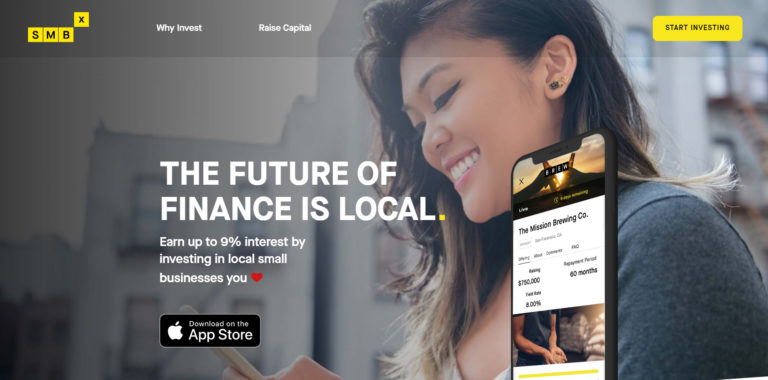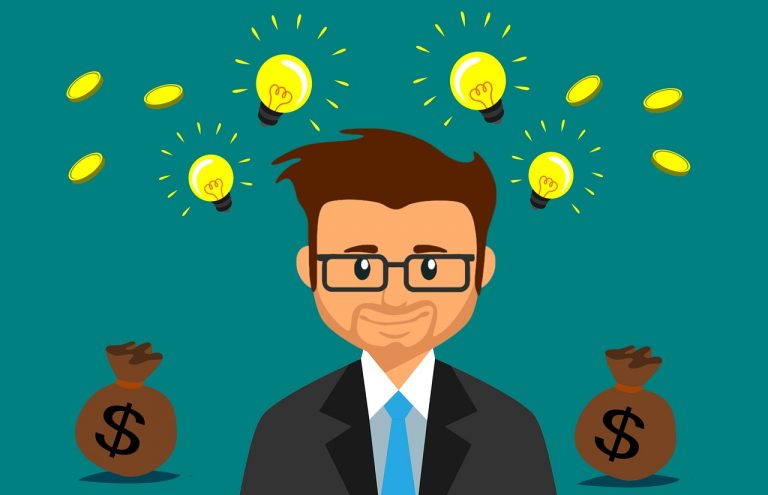This post will outline some ways to use government programs to decrease your student loan debt. These programs can be great opportunities for aspiring professionals who are unsure how to pay for school. You may find it too late for you to pursue one of these programs, but if you find that information presented is helpful to a peer then definitely share!
Loan Repayment Programs
Loan repayment programs are programs where you commit to working for a certain time period and the employer will pay a predetermined amount directly towards your loans each year. The Army and Department of Veterans Affairs are a few examples of government agencies that have such programs. The Army’s program for certain healthcare professions will pay up to $120,000 over 3 years (max $40,000 per year) towards eligible loans while the VA’s program will pay up to $10,000 per year for a maximum of 6 years (always verify with a recruiter as these amounts can change).
Benefits.gov is another government resource for identifying other niche loan repayment programs that the government offers (many of which I had never heard of as a student -_-)! Then there are also various states and cities that have programs for professionals who commit to working in underserved areas (Virginia is an example of such a location). Most programs are for those in healthcare, but you may find some for your specific field as well
One thing that is VERY important to remember with loan repayment programs is that the money they pay towards your student loans is counted as taxable income.
This is handled in one of two ways: either they will disburse the payment with the taxes taken out or they will disburse the full amount and let you worry about the taxes come filing season. With the first method, if you used the Army’s program at $40,000 per year then you actually will only get a bit over $20,000 thrown towards your debt after federal and state taxes are deducted. Either way, expect a W-2 after year’s end that will report how much they gave you. This may change your tax situation so be sure to keep this in mind.
Loan Reimbursement Program
Loan reimbursement programs require that you pay your loans back yourself and then your employer will reimburse you the amount that you spent towards eligible loans after your eligibility date. I only know of one agency that offers such a program and that is the VA with their Education Debt Reduction Program (EDRP) of up to $120,000 over 5 years for healthcare providers.
This program is a specific recruitment incentive for certain VA job postings usually due to a position being hard to recruit for. If the USAJobs posting does not include mention of this program, then you will not be able to apply for it once hired and if you are using the program and switch to another position that did not mention it in the posting, you will lose your incentive. Take note!
In my opinion, this program is the better alternative to loan repayment programs as your reimbursed amount is tax-free. That means that you can decrease your balance with regular payments and then receive a check for the entire amount that you paid in the subsequent year. Combining this with a technique like the Debt Snowball mentioned in Dave Ramsey’s Total Money Makeover can seriously improve your financial situation.
On the flip side, this means you need to have the financial discipline to handle payment over the course of the year because if you do not use the entire eligible amount, they will reduce it for the following year. One possible strategy is to pay your minimum amounts and then take a personal loan or cash advance in the last month before your eligibility date to pay the difference.
Loan Forgiveness Program
The popular program that most people hear about is the 10-year Public Service Loan Forgiveness program. Eligibility for this program requires you to work full-time in public service (government, 501(c)(3) not-for-profit organizations, and some other qualifying entities). If you make 120 consecutive payments under this program then your remaining balance will be forgiven and if you are also using a program listed above, you could combine that with the PSLF as a backup to a debt-free future.
It is important to note that you need to be on an income-based repayment plan to use this program. Interestingly enough, if you apply for income-based repayment as a resident then it may very well be likely that your payment is $0/month and that still counts as qualifying payment.
“Note that loan amounts forgiven under the PSLF Program are not considered income by the Internal Revenue Service. Therefore, you will not have to pay federal income tax on the amount of your Direct Loans that is forgiven after you have made the 120 qualifying payments.” The standard debt-forgiveness plans the government offers to the rest of the population consider the forgiven amount taxable income, so this is a blessing for those who can commit to being in public service for 10 years.
Teachers have an opportunity with the Teacher Loan Forgiveness Program. This program offers $17,500 or $5000 in loan forgiveness depending on factors outlined in the program. Keep in mind that if you did any teaching in conjunction with AmeriCorps programs that those years an ineligible to count towards your forgiveness. However, if you are saddled with massive debt, you are indeed able to use both the Teacher Loan Forgiveness Program and the Public Service Loan Forgiveness program.
If you plan to use any of these programs, keep a watchful eye in case Washington changes up on eligibility requirements and payment amounts as you plan for your future. #StayWoke



